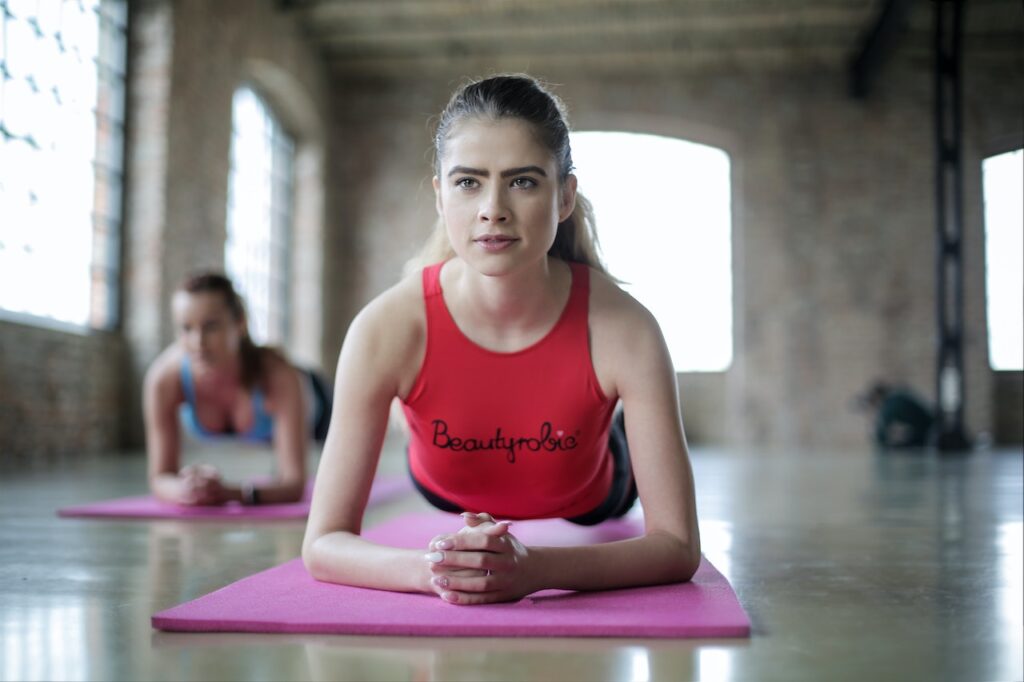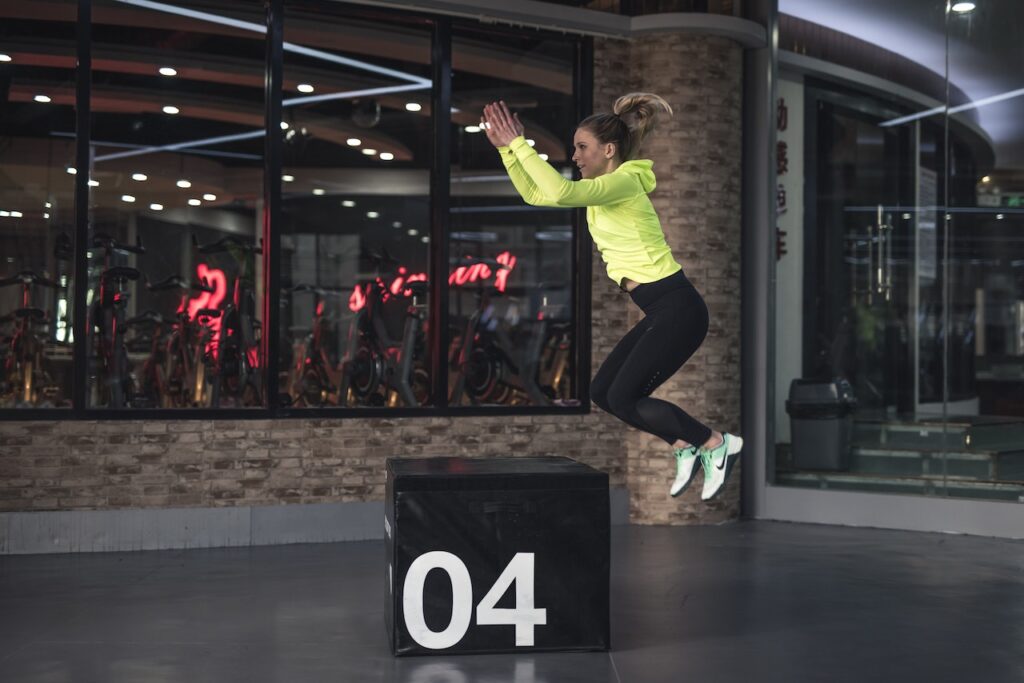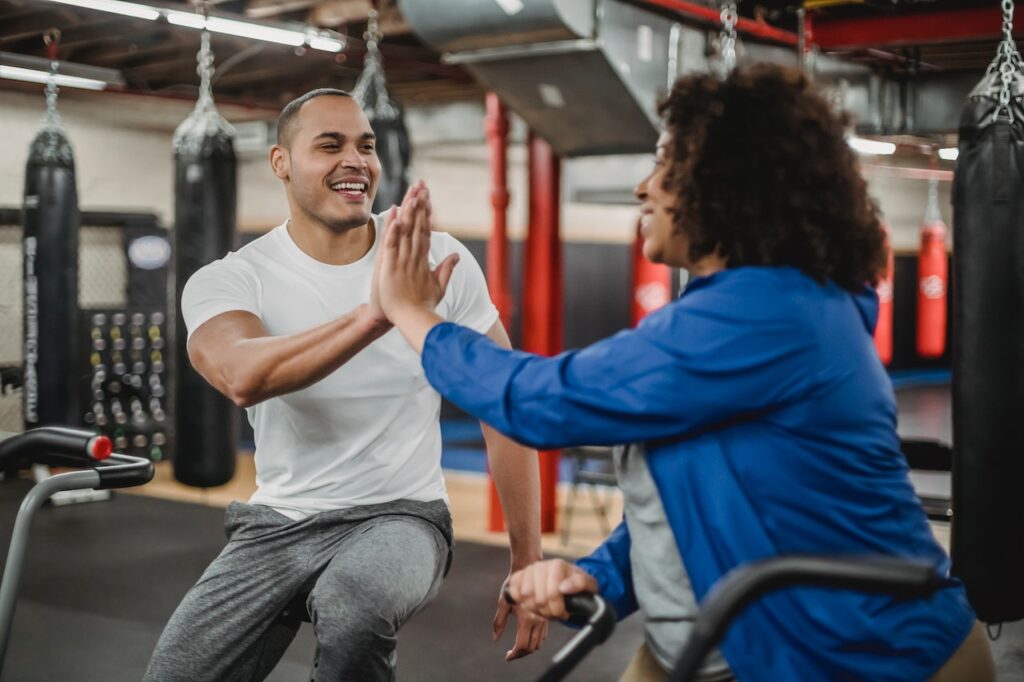Understanding HIIT
Before diving into workout routines, it’s vital to understand what HIIT is and how it works. High-Intensity Interval Training, or HIIT, is a form of cardiovascular exercise that alternates between intense bursts of activity and fixed periods of less-intense activity or even complete rest.
What makes HIIT stand out is the principle of overload — pushing your body beyond its comfort zone, which is key to improving fitness and health. By repeatedly subjecting your body to high-intensity periods, you are enhancing your cardiovascular health, metabolic function, and muscular capacity.
The science behind its effectiveness is tied to the concept of Excess Post-exercise Oxygen Consumption (EPOC). Essentially, the intensity of the workout causes your body’s repair cycle to go into hyperdrive. This means that even after you’ve completed your workout, your body continues to burn calories and fat at an elevated rate. The result? More effective weight management and improved cardiovascular health.

Creating a HIIT Workout Routine
The beauty of HIIT lies in its flexibility — a HIIT workout can be tailored to suit your individual fitness goals and lifestyle. The key to a balanced and effective HIIT routine is variety. By combining different types of exercises — strength training, cardio exercises, flexibility and stretching exercises — you can target different muscle groups and reap the full benefits of HIIT. Remember to warm up before starting the session and cool down afterward to prevent injuries and ensure your body can recover effectively.
Free weights or resistance bands? Find out which is best for you.
Top HIIT Exercises for Your Home Workout
From burpees to high knees, there are a multitude of exercises that can be incorporated into HIIT workouts at home. The trick is to choose exercises that work multiple muscle groups at once for maximum efficiency.
For instance, exercises like squat jumps not only work your lower body but also get your heart rate up. Similarly, exercises like push-ups and mountain climbers can engage your upper body while also improving cardiovascular fitness.
Equipment like dumbbells, kettlebells, and resistance bands can further enhance these exercises, adding an extra layer of resistance and challenge. But even without equipment, bodyweight exercises can still offer a tough, heart-pounding workout. This makes HIIT a versatile and accessible option for home workouts.

Essential Home Gym Equipment for HIIT
Setting up a home gym for your HIIT workouts doesn’t require a massive investment or a large space. Here are some compact, affordable, and multi-functional pieces of equipment that are perfect for your HIIT sessions:
- Dumbbells: These versatile pieces of equipment can be used in a variety of strength training exercises. From bicep curls to shoulder presses, dumbbells can amplify the intensity of your HIIT workout.
- Kettlebells: Another strength training staple, kettlebells can be incorporated into cardio exercises for an added challenge. Kettlebell swings, for instance, can work your entire body while getting your heart rate up.
- Resistance Bands: These are perfect for a wide range of exercises, offering varying degrees of resistance to target different muscle groups. Plus, they’re space-efficient and easy to store.
- Jump Rope: Don’t underestimate this simple tool. Jumping rope is an excellent cardio exercise that can get your heart rate up in no time.
Safety Guidelines and Proper Exercise Form
Safety should be a priority during any workout, including HIIT. To prevent workout injuries:
- Always start with a warm-up to prepare your body for the intense workout ahead.
- Focus on maintaining proper exercise form and technique throughout your workout. This is more important than the speed or number of repetitions.
- When using home gym equipment like dumbbells or resistance bands, ensure you’re using them correctly to avoid any potential injuries.
- Include rest periods between your exercises. These are just as important as the workout itself.
- Finish your session with a cool-down period to help your body gradually return to its resting state.
Read our article to choose the right home gym equipment for your needs.

Nutrition and Diet: Fuelling Your HIIT Workouts
The importance of proper nutrition cannot be overstated when it comes to maximizing the benefits of your HIIT workouts. Here are some nutrition tips for fitness and weight loss:
- Pre-Workout Nutrition: Consider consuming a balanced mix of proteins and carbohydrates before your workout. This could be a banana and a scoop of peanut butter, for example.
- Post-Workout Nutrition: After your workout, your body needs to replenish its energy reserves and repair muscles. A protein-rich snack or meal can aid in this recovery process.
- Hydration: Always stay hydrated before, during, and after your workouts. Water is essential for maintaining body functions and promoting recovery.

Staying Motivated
Maintaining consistency with your HIIT routines is key to seeing results. Here are some motivation and goal-setting strategies:
- Set Clear and Realistic Goals: Whether it’s losing weight, building muscle, or improving cardiovascular health, having clear goals can keep you focused.
- Track Your Progress: Seeing improvements over time can be a great motivator. Consider using fitness apps and online workout programs to track your performance and progress.
- Mix Up Your Routine: Keep things interesting by changing your exercises regularly. This can also help prevent your body from hitting a plateau.
- Stay Positive: Remember, every workout brings you one step closer to your goal. Celebrate your achievements, no matter how small they may seem.
Remember, the journey to fitness is a marathon, not a sprint. Embrace the process, stay consistent, and most importantly, enjoy your HIIT workouts.
